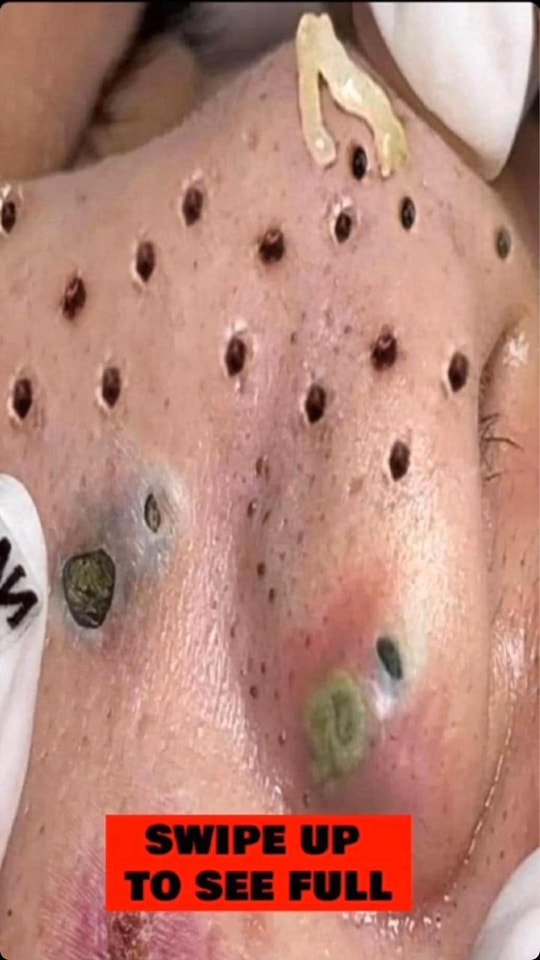Of all the creatures you may come across in the garden or in your home, the millipede is one of the most misunderstood. Not only is this shy arthropod mostly harmless, it can help clean up decomposing materials in your landscape. But if you find yourself having to deal with a millipede infestation, our all-encompassing guide will explain where they come from, how to get rid of them and preventative measures to try as well.
What Are Millipedes?
Millipedes are invertebrate animals distantly related to insects. While both are arthropods, millipedes aren’t insects, they’re something else entirely. Named for their many legs (though rarely actually 1,000 in number), millipedes are sometimes confused for centipedes or even wireworms.
How to Identify Millipedes
Millipedes are very distinct creatures and can be easy to identify. Their long, segmented, brown to black bodies are tube-shaped with two or four legs per segment. Depending on the species and age of the animal, they can vary from about one half inch to over six inches in length. When perturbed, they can release a secretion that will cause chemical burns on human skin.
Millipedes vs. Centipedes
There may be some visual overlap between millipedes and centipedes, but the most telling characteristic is the number of “pedes” on each animal. Millipedes have two to four legs per segment, where centipedes have just one pair of legs per segment. In addition, millipedes often roll up into a coil when disturbed, where centipedes do not.

Getty Images
Where Are Millipedes Usually Found?
Millipedes are found in every corner of the United States, hiding under rotting vegetation or near rotting logs. They’re important decomposers that need moisture and decomposing plant matter to thrive, so are often noticed in gardens or under old mulch in the landscape.
What Are the Signs You Have a Millipede Infestation?
Often, the first sign of a millipede infestation is seeing millipedes. For the most part, they don’t really infest homes, though they can grow numerous in gardens if conditions are just right. If you see a few millipedes in your home, it’s likely due to a moisture source that needs to be addressed.
What Damage Can Millipedes Cause?
Millipedes don’t really cause damage to homes, but can cause chemical burns to humans if handled with bare hands. This is a defense mechanism meant to protect them from predation. If your garden has a lot of millipedes, you may also notice that seedlings and fruits that have been touching the ground have been nibbled or otherwise damaged by millipedes.
How to Get Rid of Millipedes
Millipedes are important members of the garden clean-up team, and it’s very rare that you’ll ever see enough that they should be controlled. But on the off chance that you do, there are some pretty simple solutions to the problem.
Natural Ways to Get Rid of Millipedes
Most of the time, you can control millipedes without chemicals. Generally, habitat modification is the key to success. Dry up moist areas where millipedes are appearing, including basements and landscaping. They’re attracted to decaying matter, and they need the moisture to survive, so removing part of your mulch or compost layer can help quickly cut down numbers.
If you see millipedes in your home, you can simply scoop them up in a plastic cup and take them outside. Like other harmless insects that find their way inside, they really don’t want to be there anymore than you want them there. Vacuuming also works. Just be sure to wear gloves before handling millipedes to avoid chemical burns.
Where Do Millipedes Come From?
Millipedes are always present in the environment. Mature millipedes often overwinter in the soil or under leaves, and lay eggs in these same materials in the springtime. Because millipedes can live for years, many that you’ll see in the garden have simply been going about their business for quite some time undetected.
Professional Millipedes Removal Services
Although millipedes are rarely in need of professional removal service, any pest control company can help you with the problem. Most people scoop up the few problematic millipedes they find indoors and redeposit them in the garden, or vacuum them up and toss them in the trash.
Types of Treatment
Millipede treatment will depend highly on where your problem pests are and how many are present. If just a few are finding their way indoors from the garden, pest control experts might apply a barrier spray to help discourage them. It would be very unusual to need stronger pest control for these creatures.
How Much Does It Cost to Get Rid of Millipedes?
Much of millipede control involves managing moisture and decaying plant material, so cost can vary quite a lot, depending on how much of this must be done by a professional. However, a pest control company will charge between $250 and $550 for most common pests, including millipedes, depending on where you live and what control method will work best where the problem is. This doesn’t include plumbers or landscapers who may also be needed.
How to Prevent Millipedes
It can be tricky to prevent millipedes, since they live in the environment around your home, but you can minimize friendly spaces by reducing the amount of mulch you keep near your foundation, repairing any water leaks around your home that might draw millipedes in, and by not overwatering gardens.
You should also look for cracks in your foundation or gaps under doors that might allow millipedes to wander into your home. Sealing these small openings will ensure that millipedes can’t enter in search of moisture.
Compare Quotes From Top-rated Pest Control Services
Free, No-commitment Estimates
Millipede Facts, Habits and Threats
Millipedes are very misunderstood creatures that are very beneficial in the landscaping. Although they look kind of weird and sometimes even frightening, they’re just there to eat rotting plant matter and turn it into high quality soil.
Habits
Millipedes are commonly found where there’s a lot of moisture. In fact, they can’t survive without it. If you find them under mulch in your garden or near a pool, it’s because they need that high level of humidity to survive. Indoor millipedes rarely survive the day, since homes are usually too dry for them to breathe. They eat decomposing matter, and the occasional soft, tender plant shoot if populations are large.
Environment
Millipedes need rich, decomposing matter that’s very moist to live their best lives. This is usually found in a garden setting or in landscaping with a thick layer of mulch, but can also be found in wood piles, under rotting logs and in other places where mushrooms might thrive.
Compare Quotes From Top-rated Pest Control Services
Free, No-commitment Estimates
Threats
Millipedes pose almost no threat to humans. They rarely damage gardens significantly, and they don’t bite or sting. However, some species can release hydrogen cyanide when disturbed, which causes chemical burns to human skin. It can also be toxic to small animals if ingested in sufficient quantities.
Frequently Asked Questions (FAQs)
What is the fastest way to get rid of millipedes?
Depending on how many millipedes you have and where they’re located, the fastest way to get rid of them may be to hand pick them from the garden while wearing gloves or vacuum them up from hard surfaces.
How do I permanently get rid of millipedes?
Millipedes are simple to discourage. All you have to do is figure out where they’re living, and dry it up. If the moisture is due to too much mulch, remove some of it; if it’s caused by a leaky pipe or a damaged gutter, fix that situation. They need moisture to survive, so once you remove that, it’s game over.
What attracts millipedes to your house?
Millipedes already live around your house, you just may not be aware of it. They get closer to your home because there’s wet and decaying matter somewhere nearby. They end up inside when that wet and decaying matter is touching your home or so closely that they can easily wander from it into a crack in your basement wall or under a door with a poorly fitting sweep.
How long do millipedes live in a house?
Millipedes can’t survive long without sufficient moisture and decaying material to feed upon. If you find a stray millipede, it’s likely going to die very soon, most often within the day. If you find a few in your basement, they may be able to live longer with a source of food and water, so it’s important to figure out what they’re using for food and cover.


